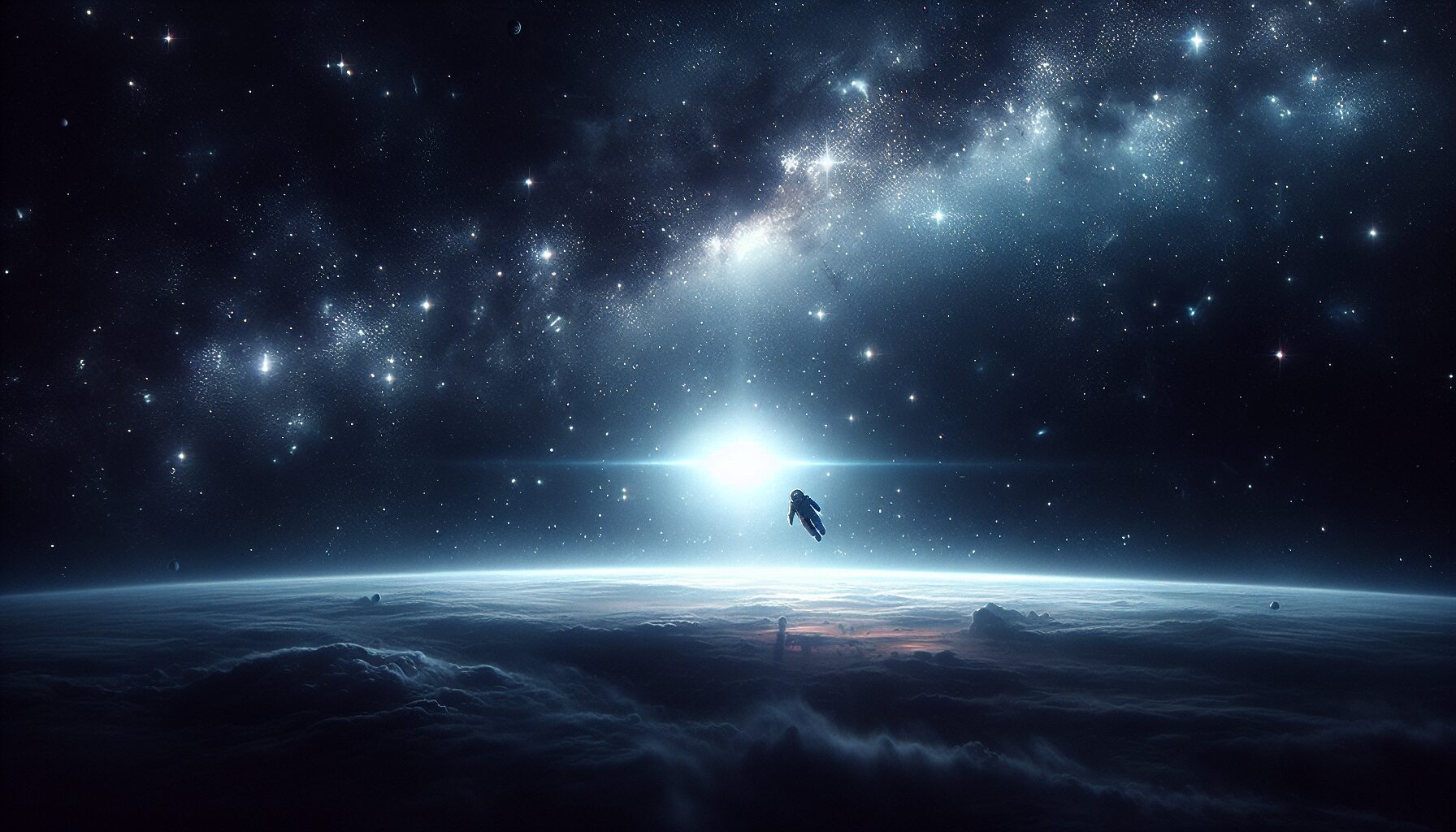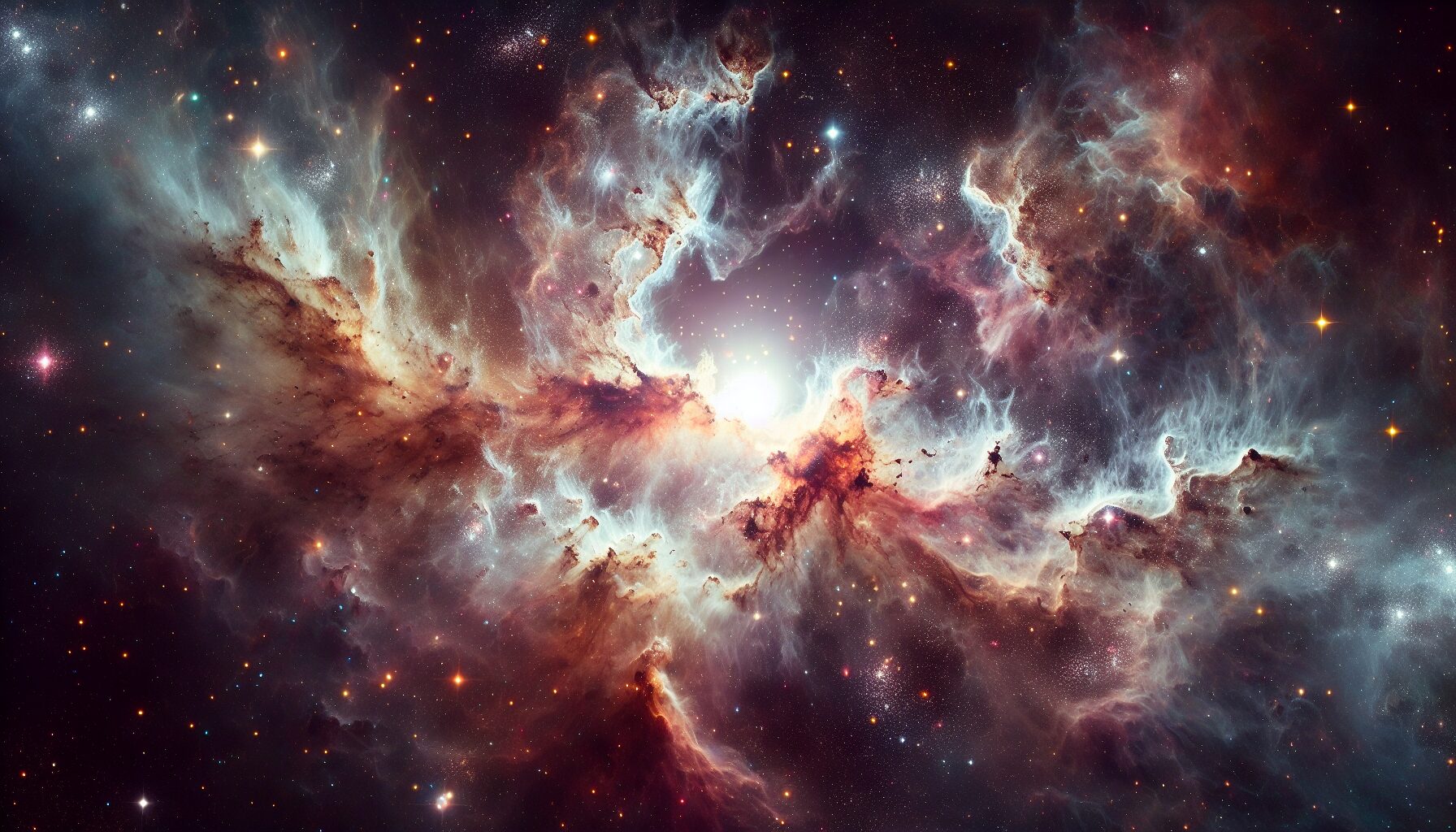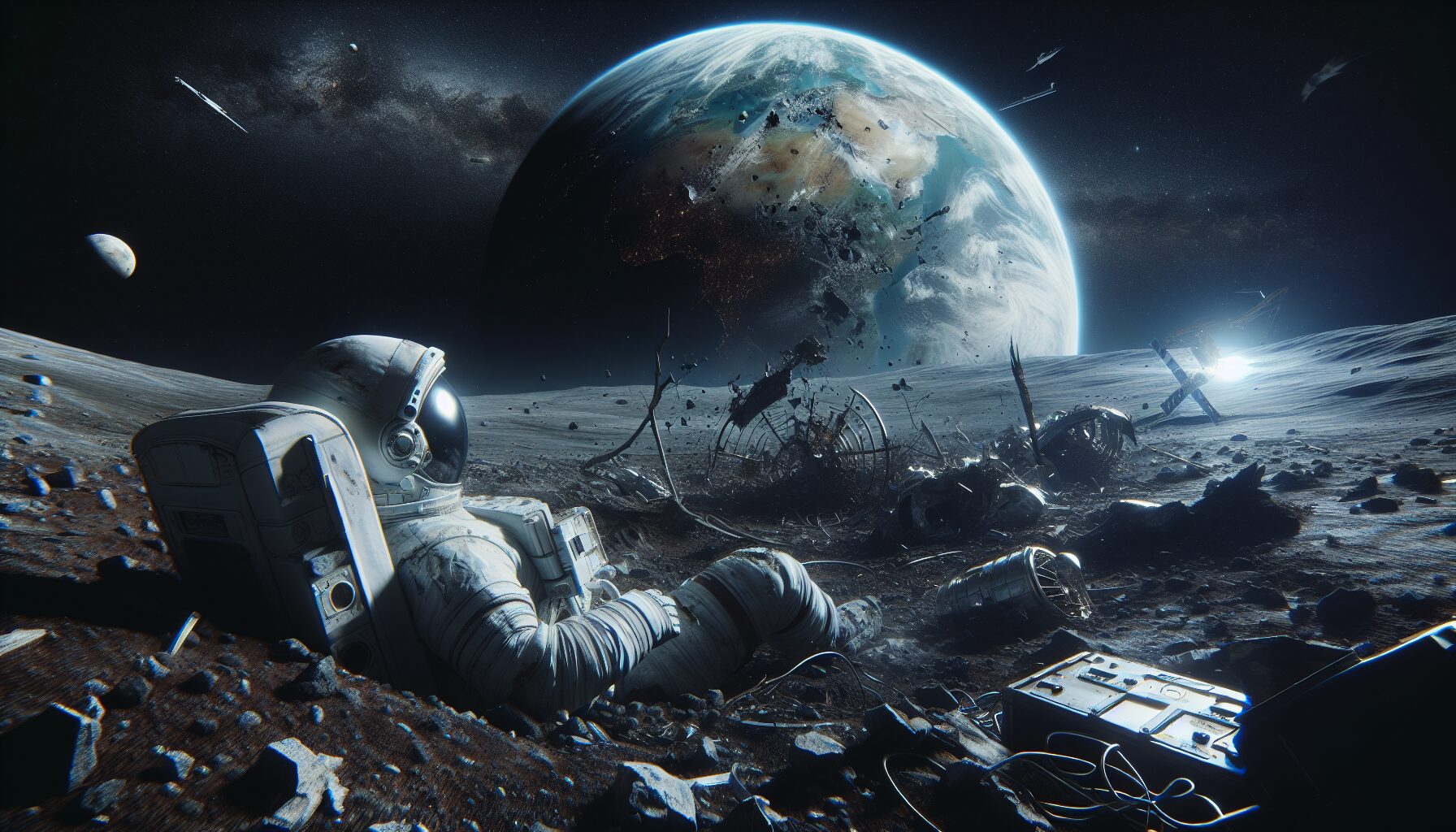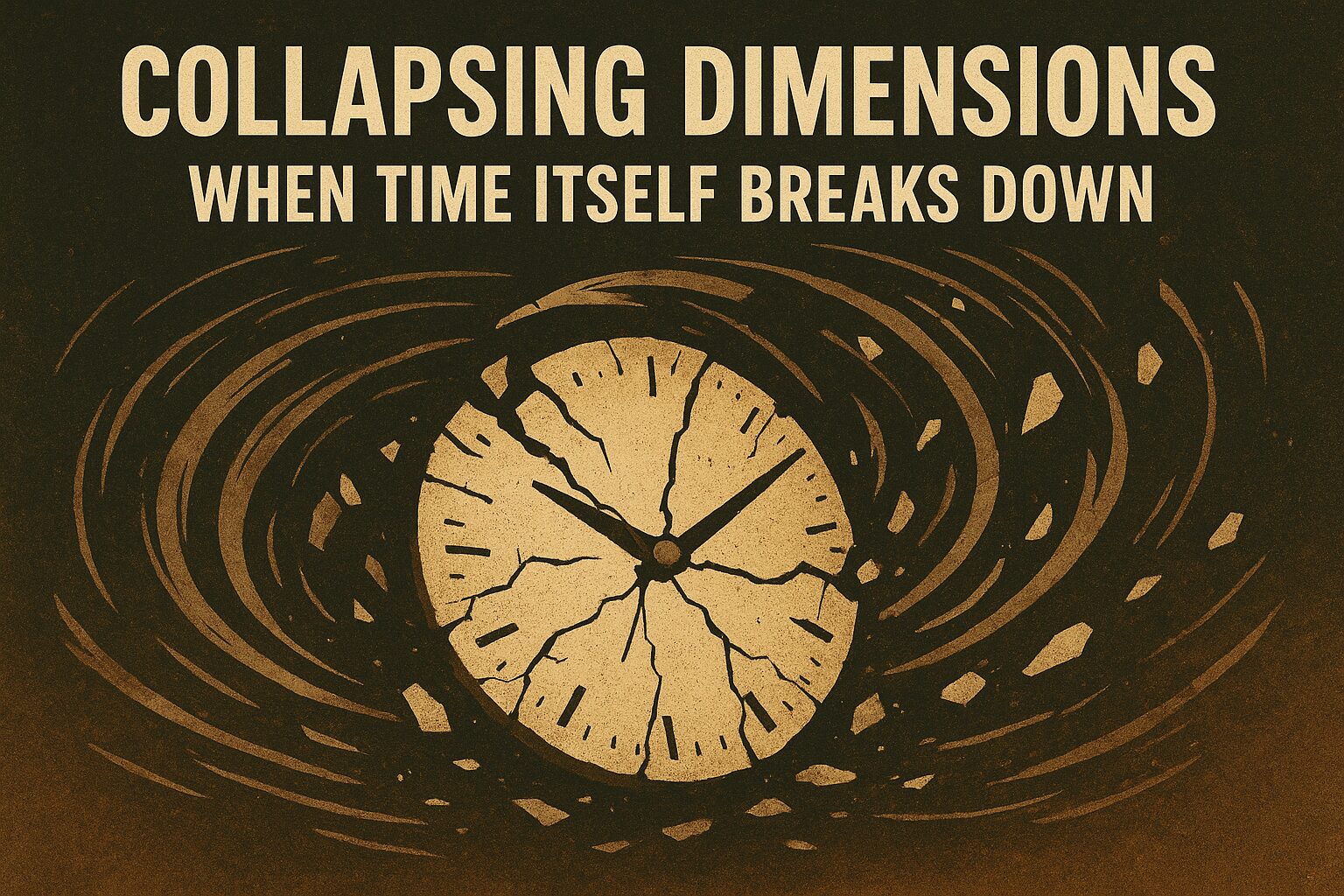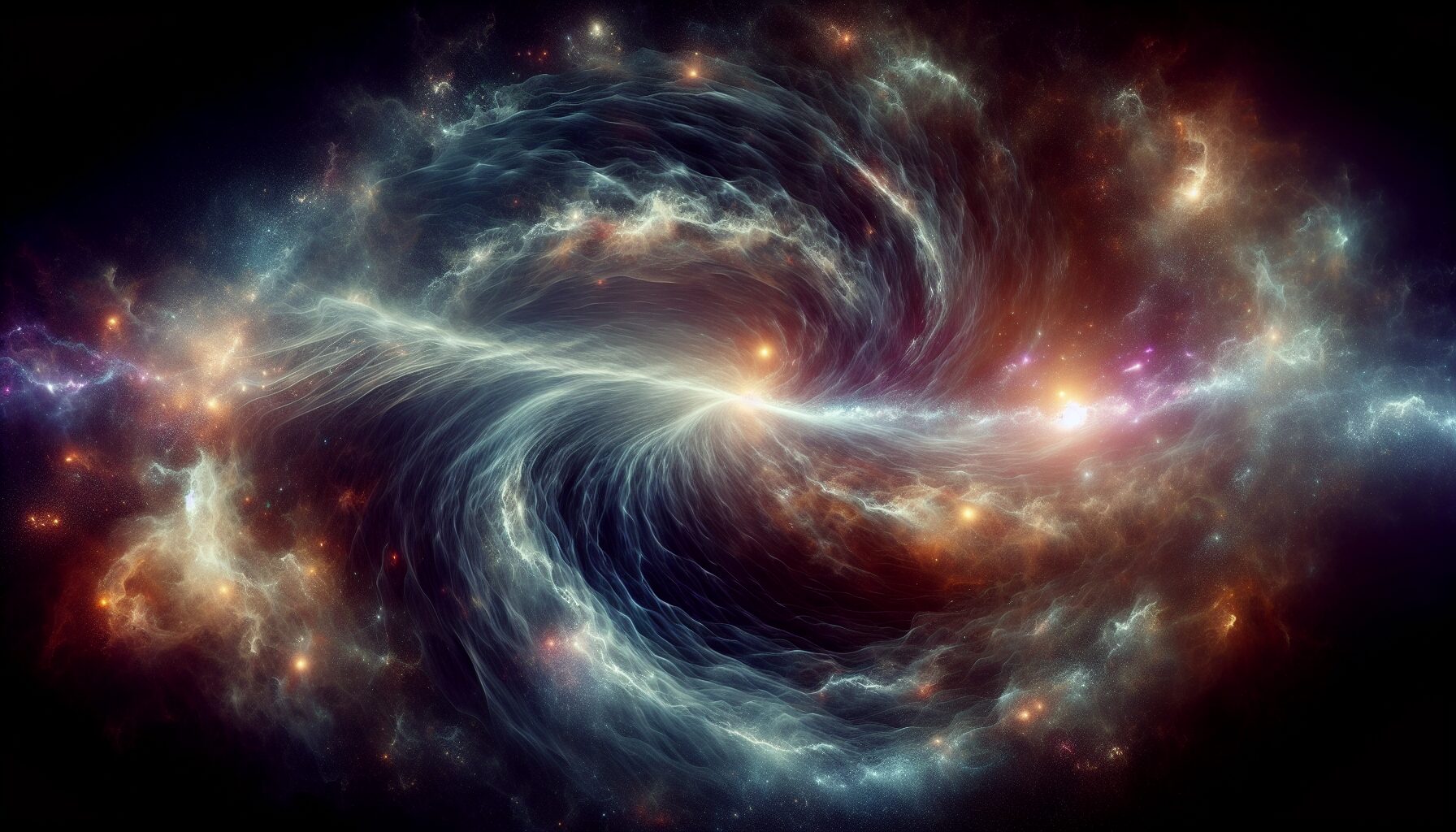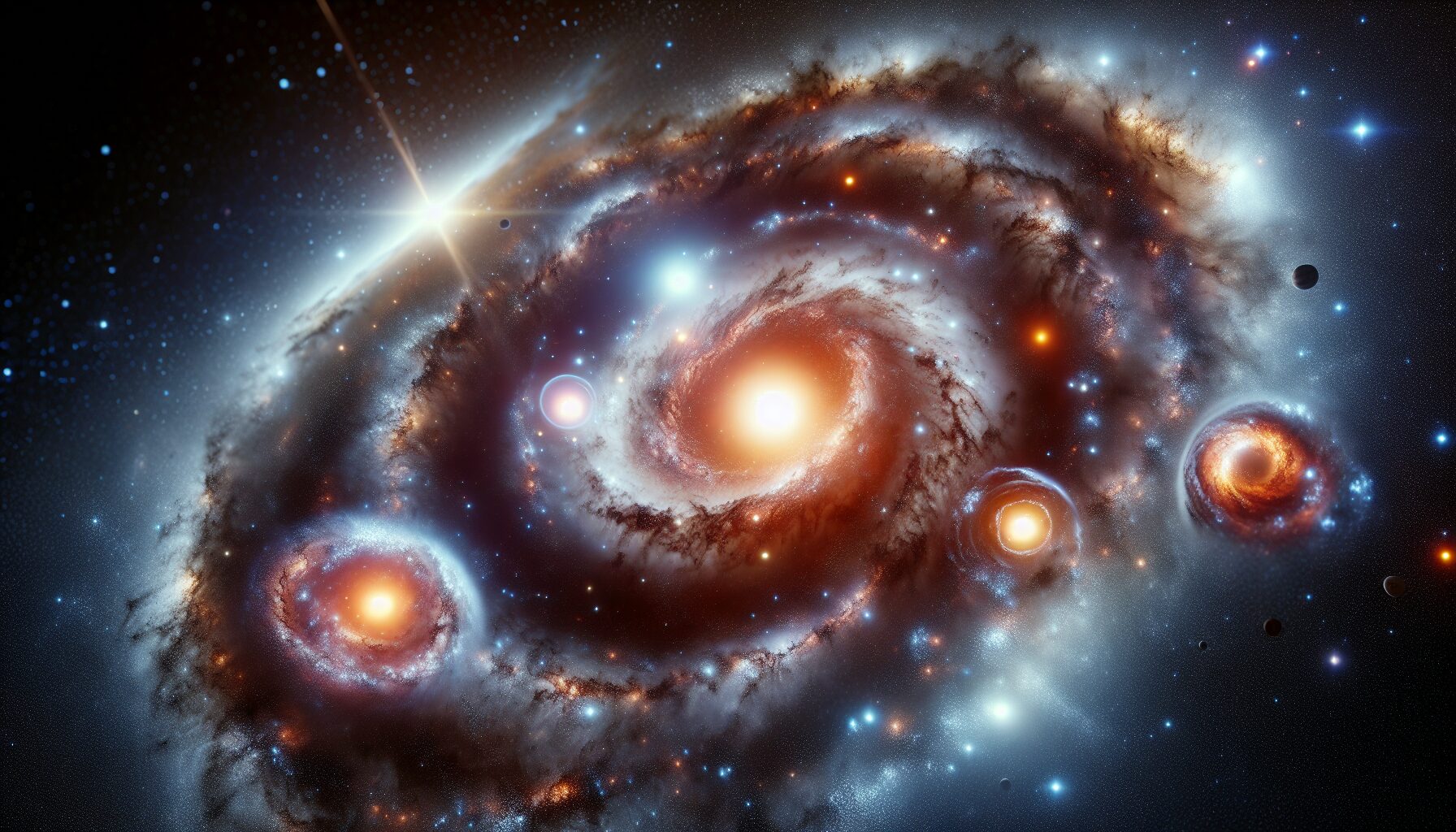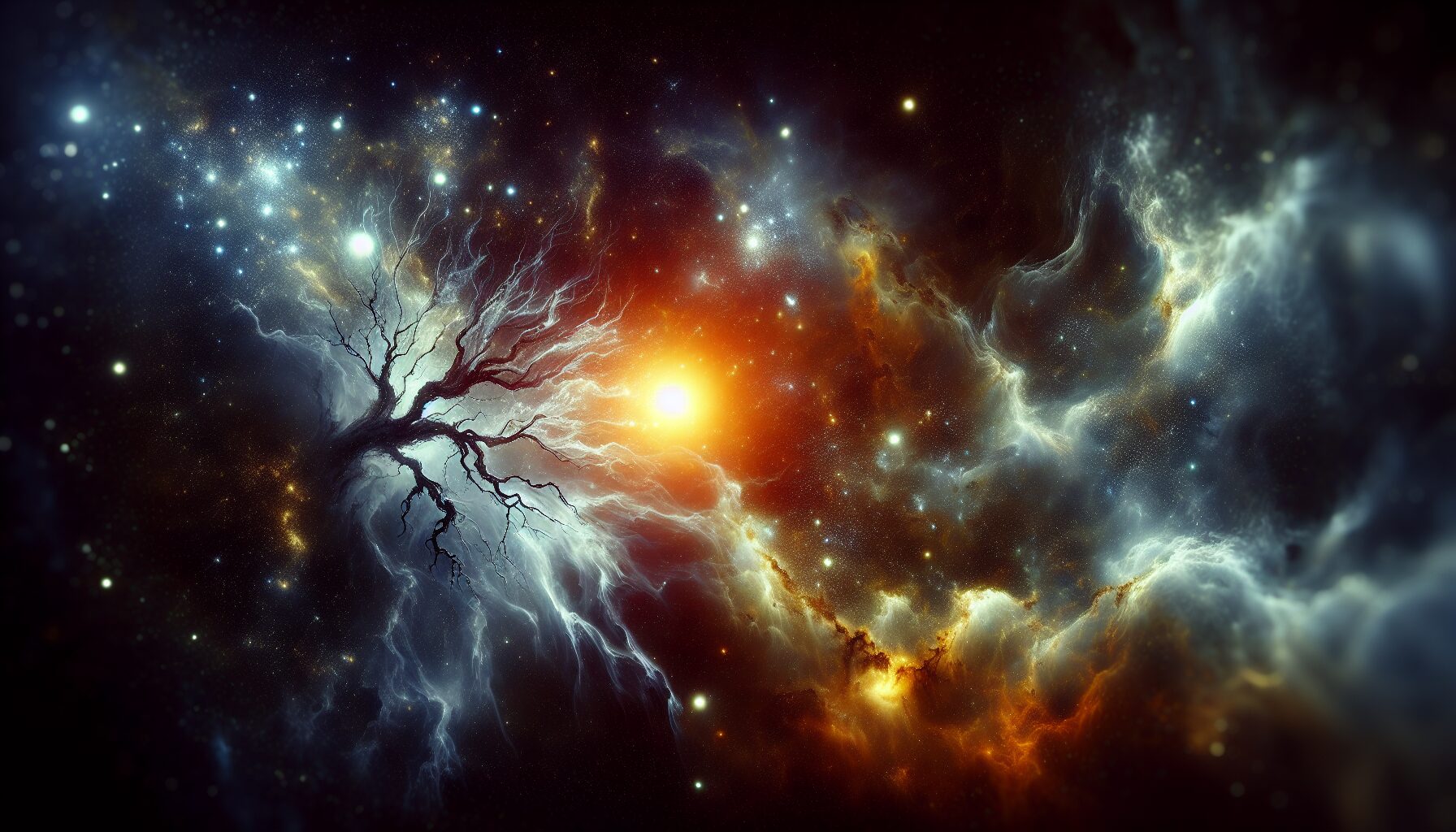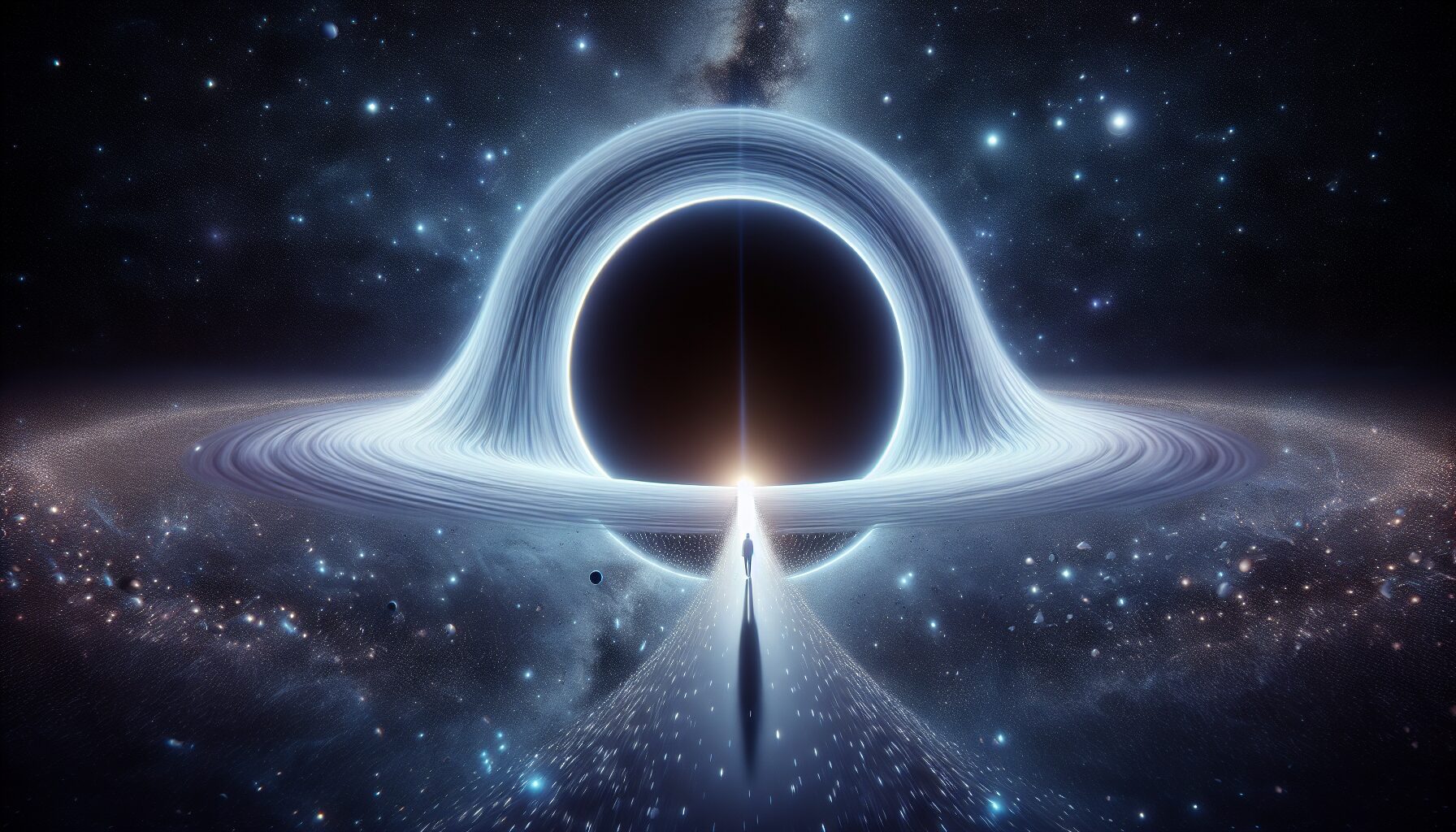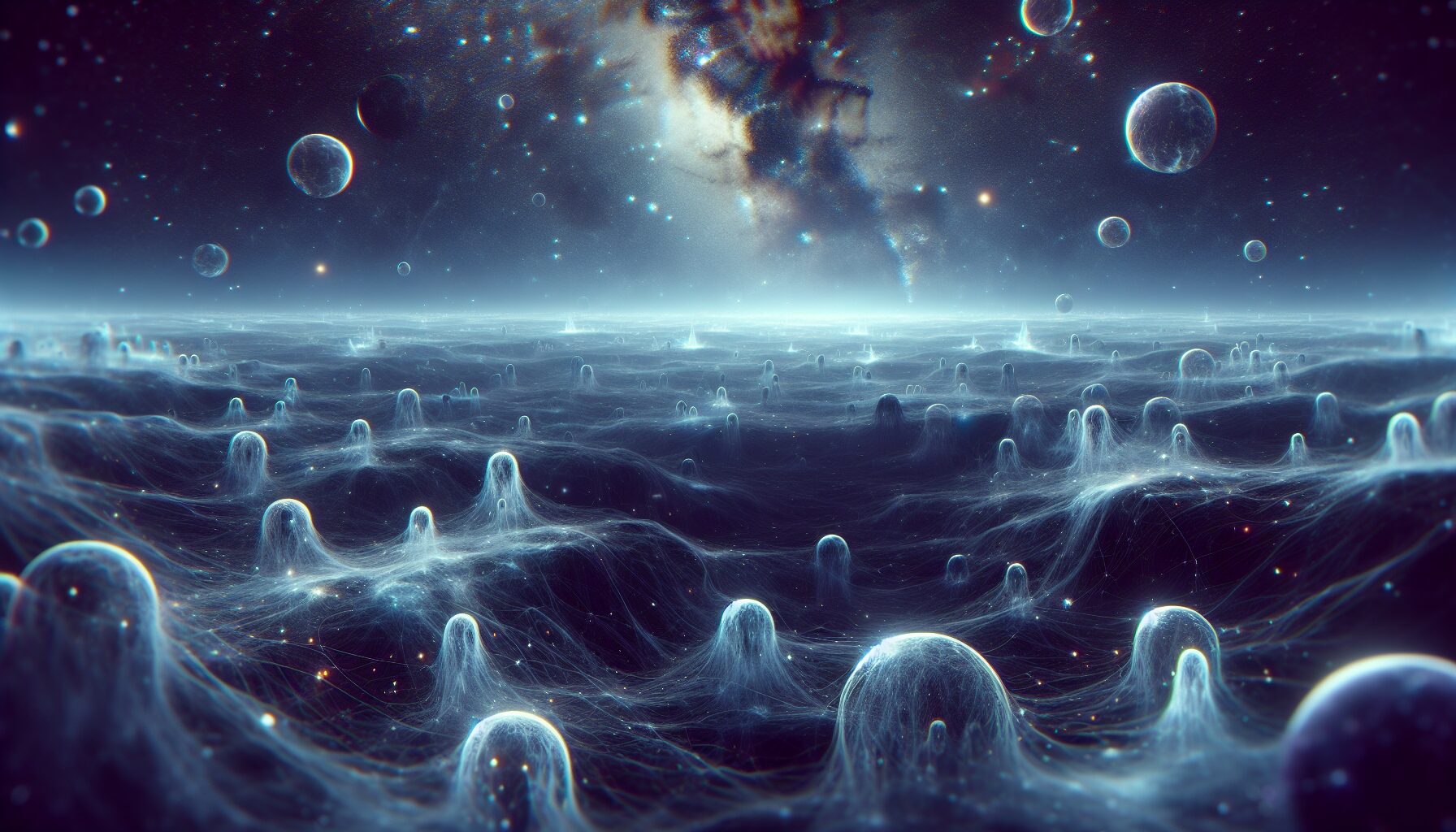As humanity stands at the brink of a new era in space exploration, the cosmos appears not just as a frontier of scientific discovery, but also as a vast, silent mirror reflecting our deepest existential questions. Space, in its staggering emptiness, compels us to confront the inevitability of our own mortality.
Infinity and Isolation
The universe, with its expansive and seemingly infinite nature, holds a mirror to our own finite existence. The realization of our mortality becomes stark against the backdrop of the cosmos. Astrophysicist Neil deGrasse Tyson once noted, “We are not special because we are at the end; we are special because we recognize that we are statistically insignificant, right?
This perspective reveals two profound realities:
- The Immense Scale of the Universe: Our Earth, the cradle of human life, is but a speck in the vastness of space. The awareness of billions of galaxies, each containing billions of stars, induces a humbling sense of our own minuscule presence.
- Cosmic Timelessness: While humans measure time in years and decades, the cosmos operates on a scale of billions of years. Stars are born, live, and die, creating a cycle of cosmic life and death that stretches far beyond human history.
The Silent Witness
Space is often referred to as a void, a realm of silence. This silence, however, is not mere emptiness. It amplifies the quiet truths about existence.
“In the silence of the stars, in the profundity of the void, we confront the great quietude of the universe.”
– Carl Sagan
The notion of a silent universe harmonizes with the inevitability of our silence in death. This silence resonates with several aspects of existential thought:
- The Transience of Life: Like the stars, we come from stardust and return to the cosmos, emphasizing the transient nature of life.
- The Search for Meaning: The universe’s silence invites introspection, prompting questions about the purpose and meaning of existence in a universe indifferent to our struggles.
Society’s Reflection
The space we observe serves as a backdrop for societal reflections on life and death. As we grasp the layers of understanding in the cosmos, there are lessons to be learned:
- Unity in Mortality: Regardless of our differences, the inevitability of death unites us; similarly, the universe encompasses us all, offering a sense of collective belonging.
- Technological Aspirations: Space exploration reflects our desire to transcend earthly limits, a metaphorical defiance against the boundaries of human life.
Technology has made strides in exploring our solar neighborhood. Projects helmed by pioneers like Elon Musk envision humanity as a multi-planetary species, potentially extending human life beyond Earth. As Musk himself iterated, “I think it’s important to have a future that is inspiring and appealing. There should be things that you look forward to…I think being a multi-planet species is one of those things.”
Continued Exploration
Yet, even as we expand our horizons, the existential juxtaposition of life and cosmic quietude continues. Exploring how these realms interact, humanity’s expedition into space becomes a metaphor for a greater journey:
- The Pursuit of Knowledge: Every mission, every telescope, falls in the footsteps of philosophers and astronomers who have sought to unravel cosmic mysteries.
- The Impermanence of Understanding: As our knowledge about the universe grows, so too does our understanding of life’s impermanence, recognizing that each answer provides more questions.
Conclusion: Embracing Cosmic Mortality
In Cosmos: A Personal Voyage, Sagan captured the wonder and depth of pondering life’s great questions, reminding us that looking into the universe is tantamount to looking into ourselves. Thus, the stark, eternal silence of space mirrors our own impermanent presence. It is through this silence and our quest to pierce it that we find purpose, meaning, and solace in the face of our own mortality.
Ultimately, as space explorers, scholars, and dreamers, the cosmos teaches us a valuable, enduring lesson; in the depths of silence, we learn to listen to the whispers of our own existence.
